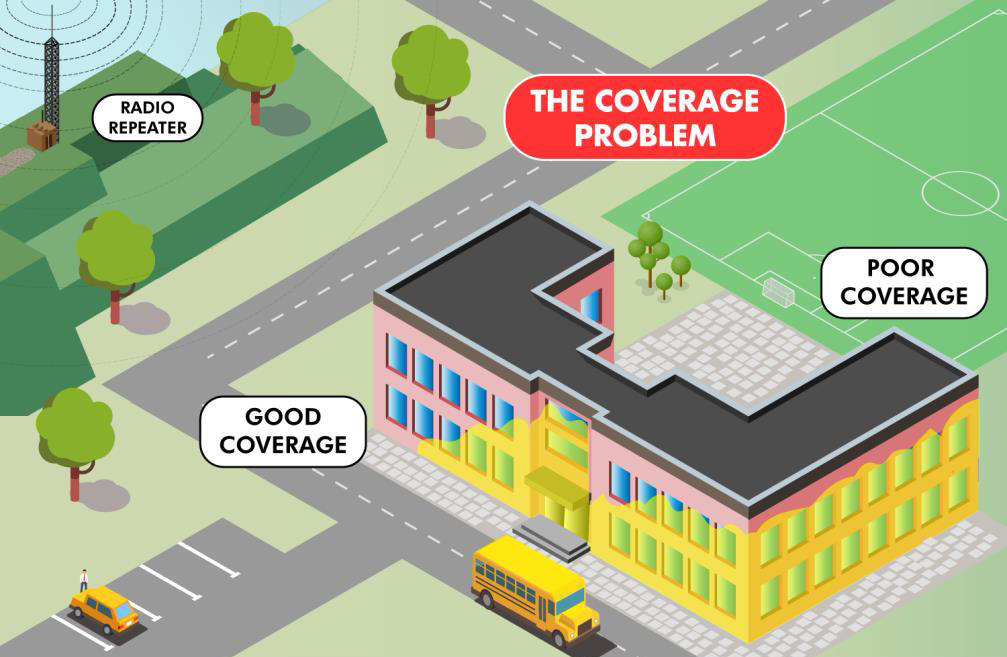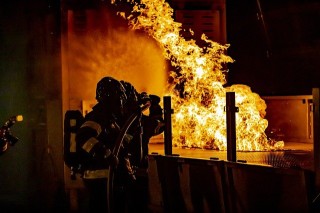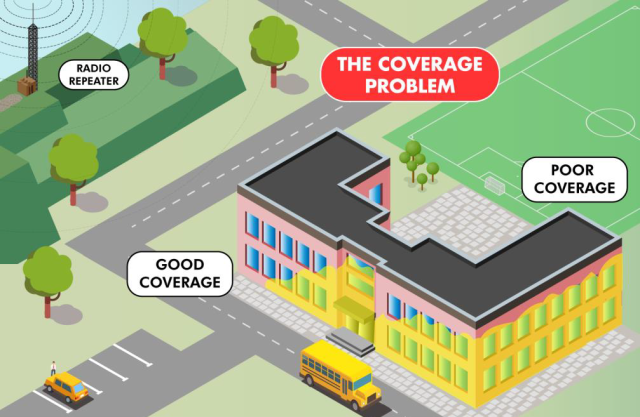What Does a Bi-Directional Amplifier (BDA) System Do
During an emergency, first responders depend on their radios to allow them to communicate from inside the building to their team members outside. Any types of obstructions or interferences can compromise communications which could place first responders in danger.
With today's technology-rich world and enhanced building standards, several variables can interfere with radio signals. As a part of a comprehensive plan to mitigate communication issues within a building, a Bi-Directional Amplifier (BDA) system should be a part of the plan to ensure there is sufficient signal strength for emergency communications.
Bi-Directional Amplifier (BDA) systems are signal boosters that enable reliable coverage within buildings, tunnels, and large structures. They allow for anyone using two-way radios to be able to have seamless communications throughout the building. This helps first responders as well as maintenance, operations, and security personnel.
A building may already have proper coverage without requiring a BDA system, but the building should be properly tested to make sure the building complies with local fire codes. Key areas to check are stairwells, basements, parking structures, tunnels, or other challenging areas. If a building does not meet the minimum signal strength of -95db for both incoming and outgoing signals, a BDA system is highly recommended.
Related Posts
By accepting you will be accessing a service provided by a third-party external to https://blti.com/



